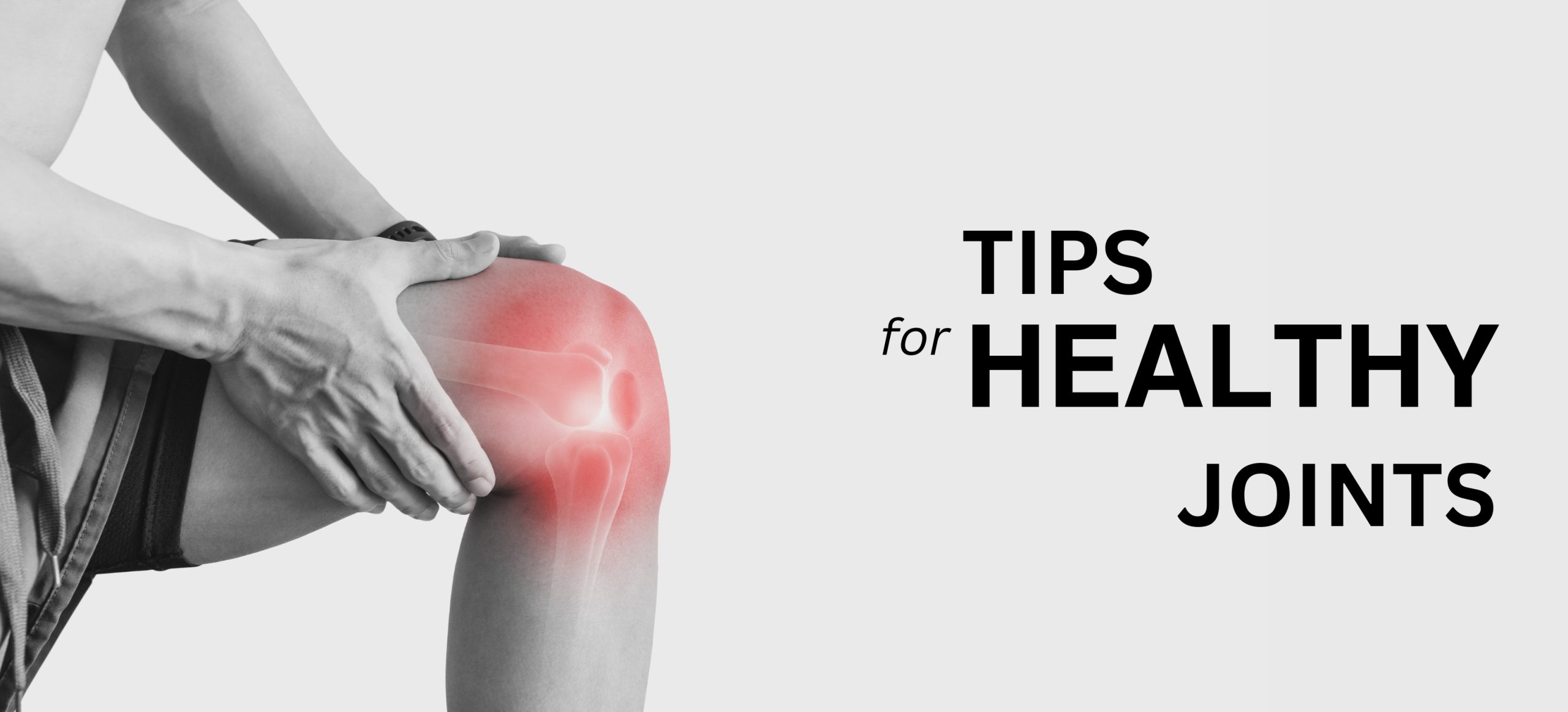
How to Prevent Joint Pain as You Age: Tips for Healthy Joints
Aging often brings various physical changes, with joint pain being a common concern for many. Maintaining healthy joints is crucial for preserving mobility and overall quality of life. Whether you’re experiencing mild knee joint pain, sacroiliac joint pain, or more widespread joint pain and stiffness all over the body, proactive measures can significantly alleviate discomfort.
Understanding Joint Pain as You Age
Joint pain, whether localized or joint pain all over, is often a natural consequence of aging. Over time, the wear and tear on your joints, particularly the cartilage that cushions them, can lead to discomfort. Factors such as reduced bone density, declining muscle strength, and inflammation contribute to issues like knee joint pain or hip joint pain. While age is a significant factor, it is not the sole cause of joint pain. Understanding the interplay of these elements is the first step to managing and preventing joint pain.
Common Causes of Joint Pain in Aging Adults
Aging adults experience joint pain for several reasons, and these causes often overlap. One of the leading causes is osteoarthritis, a degenerative condition where the cartilage within joints deteriorates, leading to bone-on-bone friction. This is a common cause of knee joint pain and hip joint pain. Another significant factor is inflammation, which can arise from autoimmune disorders like rheumatoid arthritis. This condition often causes joint pain and stiffness all over the body, making daily tasks challenging. Injuries sustained earlier in life can also resurface in older age, especially in weight-bearing joints like the knees and hips. Additionally, the sacroiliac joint is susceptible to pain due to lifestyle habits like poor posture or repetitive movements that strain the lower back and pelvis. Obesity further exacerbates these issues, as the additional weight places undue stress on the joints, accelerating wear and tear. Moreover, lifestyle choices and overall health significantly influence how joint pain manifests.
Recognizing the Early Signs of Joint Pain
Early detection of joint discomfort can prevent minor aches from progressing into debilitating conditions. Initial signs may include mild stiffness after periods of inactivity, localized pain during certain movements, or swelling in areas like the knee or hip. Sacroiliac joint pain often starts as a dull ache in the lower back and pelvis, which may intensify with prolonged standing. Paying attention to these signals and addressing them early can prevent more severe joint issues.
Lifestyle Tips for Preventing Joint Pain
One of the most effective ways to manage joint health is by incorporating joint-friendly habits into daily routine. A lifestyle that prioritizes movement, balanced nutrition, and preventative care can greatly reduce the risk of chronic joint pain.
Staying Active with Low-Impact Exercises
Engaging in regular physical activity helps maintain joint mobility and strengthens the muscles surrounding them, reducing strain on the joints. Low-impact exercises like swimming, cycling, and walking are particularly beneficial for minimizing stress while promoting overall joint health. For those with specific concerns like knee joint pain, exercises tailored to enhance stability, and flexibility can provide targeted relief.
Maintaining a Healthy Weight to Reduce Joint Strain
Excess weight places significant stress on weight-bearing joints, such as the knees and hips. Maintaining a healthy weight not only reduces the risk of developing conditions like osteoarthritis but also alleviates existing discomfort. Even modest weight loss can significantly lower the pressure on your joints, enhancing mobility and reducing pain.
The Importance of Stretching for Joint Flexibility
Regular stretching supports joint flexibility and reduces the likelihood of stiffness. Focused stretching routines can help improve the range of motion in joints commonly affected by aging, such as the knees and hips. For individuals experiencing sacroiliac joint pain, targeted stretches for the lower back and pelvis can relieve tension and enhance overall comfort.
Prioritizing Posture and Ergonomics
Poor posture can amplify stress on your joints, contributing to chronic pain. Maintaining proper alignment, whether sitting, standing, or lifting, helps distribute weight evenly and minimizes unnecessary joint strain. Ergonomic adjustments to your workspace or daily habits can also prevent joint pain from developing.
Avoiding Prolonged Sedentary Behavior
Sitting for long periods can worsen joint stiffness and pain. Whether you’re working at a desk or watching TV, try to stand up and move around regularly. Simple habits like taking short walks or stretching every hour can prevent the onset of joint pain and stiffness.
Dietary Recommendations for Healthy Joints
Nutrition plays a vital role in joint health. Diets rich in anti-inflammatory foods, such as leafy greens, fatty fish, and nuts, provide essential nutrients like omega-3 fatty acids and antioxidants, which protect joints from wear and tear. Additionally, incorporating sources of collagen and vitamin D, such as bone broth or fortified foods, can strengthen cartilage and support overall joint health. Staying hydrated also ensures joint lubrication, which is essential for smooth movement.
Treatment Options for Joint Pain
For individuals experiencing persistent joint pain, medical intervention may be necessary. Physical therapy often serves as the first line of treatment, utilizing targeted exercises to strengthen the muscles supporting affected joints. Nonsteroidal anti-inflammatory drugs (NSAIDs) can provide relief from swelling and discomfort, while corticosteroid injections offer short-term improvements in severe cases. Advanced treatments, including joint replacement surgery, may be required for conditions such as advanced osteoarthritis, where conservative approaches no longer provide sufficient relief. Tailoring treatment to the specific causes of joint pain ensures optimal outcomes and improved quality of life
Home Remedies and Natural Supplements to Relieve Joint Pain
Home remedies and natural supplements can complement medical treatments for joint pain. Heat therapy, through methods such as warm baths or heating pads, relieves stiffness and promotes circulation. Cold therapy, applied using ice packs, reduces inflammation and alleviates swelling. Nutritional supplements like glucosamine and chondroitin support cartilage health and are frequently recommended for managing conditions such as osteoarthritis. Herbal options, including turmeric, offer anti-inflammatory benefits and may reduce symptoms of joint pain and stiffness throughout the body.
When to Seek Medical Advice for Joint Pain?
Persistent or worsening joint pain warrants professional evaluation to rule out serious underlying conditions. Symptoms such as significant swelling, redness, or deformity in the joints may indicate a need for immediate medical attention. Sacroiliac joint pain that intensifies despite home-based treatments or hip joint pain that restricts movement should also prompt consultation with a healthcare provider.
FAQ
Preventing joint pain naturally involves a comprehensive approach, including regular low-impact exercise, a balanced diet rich in anti-inflammatory foods, and maintaining an optimal body weight. Consistent hydration and avoiding prolonged periods of inactivity further support joint health.
Is exercise safe for aging joints? If so, which exercises are best?
Exercise is not only safe for aging joints but is also essential for maintaining their health. Low-impact activities such as swimming, yoga, and cycling strengthen muscles, improve flexibility, and reduce stiffness. These forms of exercise minimize strain while promoting mobility.
While the natural aging process cannot be halted, the risk and severity of joint pain can be significantly minimized. Early recognition of symptoms, adherence to preventive measures, and timely medical interventions reduce the impact of joint pain, enhancing quality of life.
Categories
Company
Media
Follow Us
© Copyright Biotech /Terms Of Use - Privacy Policy
Version 2_CT_1212222
